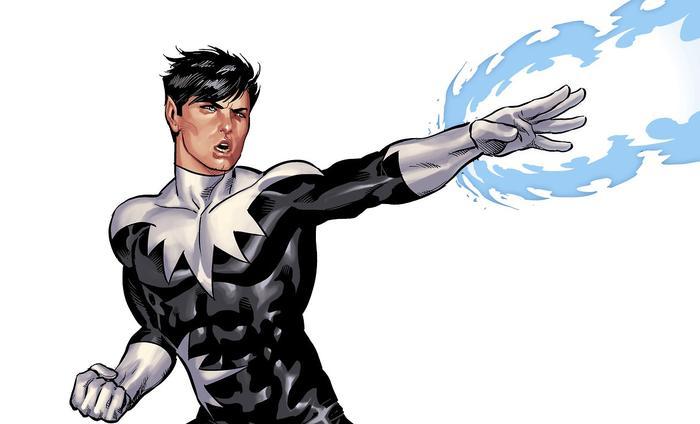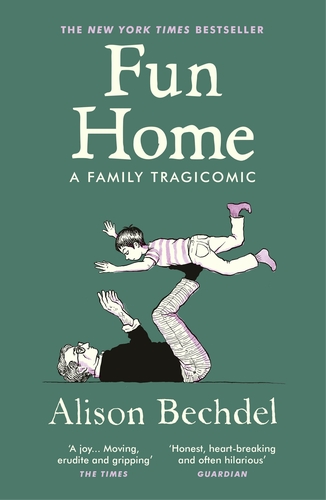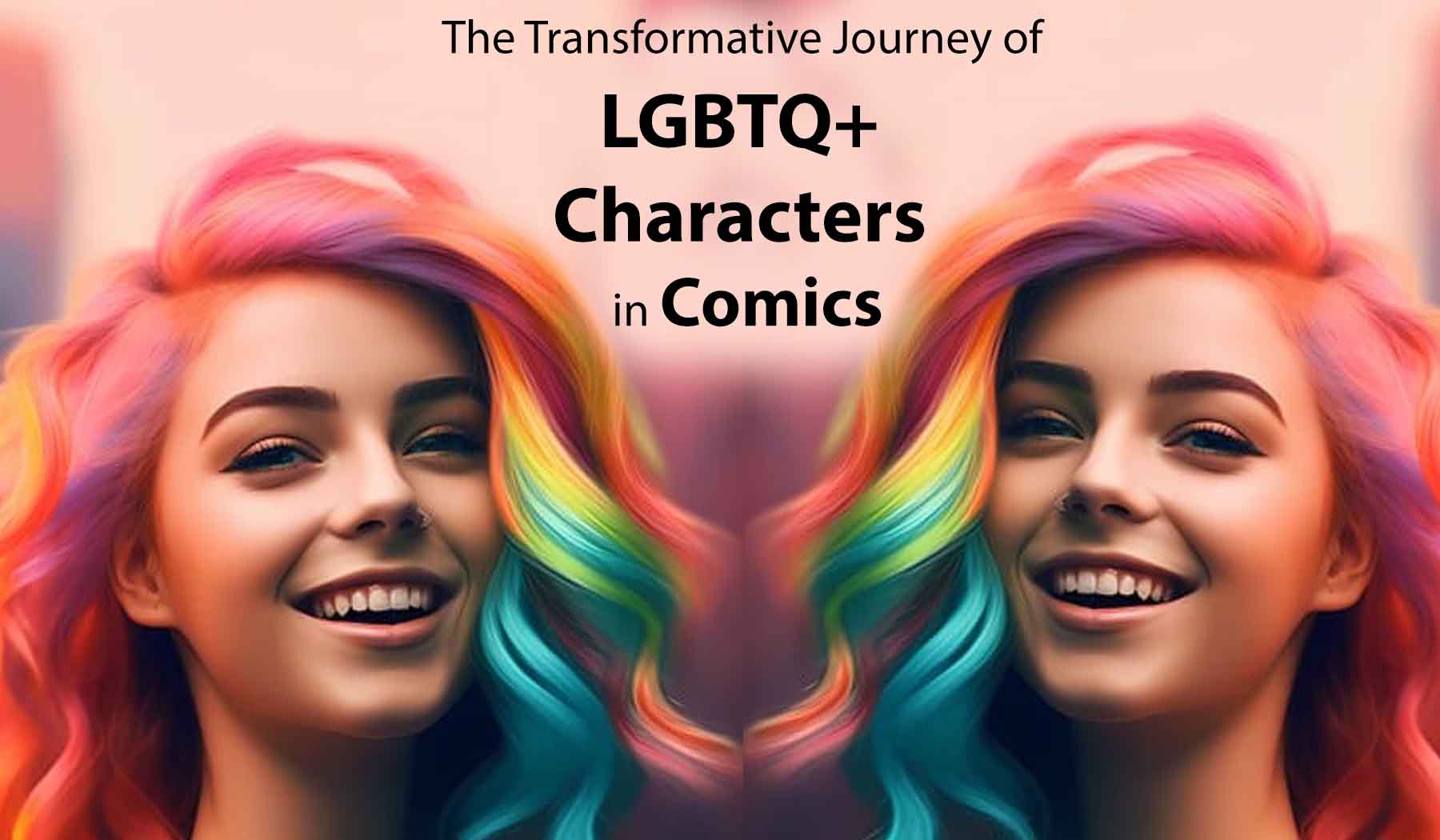Comics have played a significant role in shaping popular culture for decades.
From superheroes to graphic novels, the medium has been a powerful platform for storytelling and exploration of various themes, including queer representation.
Over the years, comics have undergone a remarkable evolution in how they depict LGBTQ+ characters and storylines, reflecting the changing attitudes and acceptance within society.
In this blog post, we will delve into the fascinating journey of queer representation in comics, from its early beginnings to the present day.
A Historical Overview
The Early Days: Stereotypes and Absence
In the early days of comics, queer characters were often depicted through harmful stereotypes or entirely absent from the narrative.
The Comics Code Authority, established in the 1950s, imposed strict regulations on content, resulting in a lack of diverse representation, including queer identities.
Underground Comics: Challenging the Norms
In the 1960s and ’70s, the rise of underground comix provided an alternative space for creators to challenge societal norms and explore LGBTQ+ themes.
Artists such as Roberta Gregory and Trina Robbins paved the way by introducing queer characters and storylines that challenged traditional gender and sexual norms.
Breaking Ground: Marvel and DC
As the comic industry grew and diversified, major publishers like Marvel and DC started to introduce LGBTQ+ characters in their mainstream titles.
However, the initial portrayals were often fleeting or lacked depth, reducing queer characters to mere tokens or stereotypes.
The Turning Point: Milestone Moments
Marvel’s Northstar: The First Openly Gay Superhero
In 1992, Marvel made history by revealing Northstar, a member of the X-Men, as the first openly gay superhero in a mainstream comic.
This groundbreaking moment paved the way for further LGBTQ+ representation within the superhero genre and sparked conversations about inclusivity.

DC’s Batwoman: A Queer Icon Emerges
In 2006, DC Comics reintroduced Batwoman as a lesbian character in the widely acclaimed series “52.”
Kate Kane, as Batwoman, quickly became a beloved queer icon, showcasing a multidimensional portrayal of a LGBTQ+ superhero.
![]()
Independent Comics: Diverse Narratives
Independent comics have played a vital role in pushing the boundaries of queer representation.
Titles like Alison Bechdel’s “Fun Home” and Gengoroh Tagame’s “My Brother’s Husband” explored complex LGBTQ+ narratives with depth and sensitivity, receiving critical acclaim and reaching wider audiences.

The Modern Era: Intersectionality and Authenticity
Marvel’s Young Avengers: Embracing Diversity
Marvel’s “Young Avengers” series, launched in 2005, introduced a diverse cast of characters, including Wiccan and Hulkling, a gay couple.
The comic highlighted the importance of intersectionality and portrayed LGBTQ+ characters as central to the story, breaking away from tokenistic representation.
Trans Representation: A Growing Focus
In recent years, there has been a significant increase in trans representation within comics.
Creators like Magdalene Visaggio and Tamra Bonvillain’s “Eternity Girl” and Gabby Rivera and Royal Dunlap’s “b.b. free” have featured transgender protagonists, offering authentic and nuanced portrayals of their experiences.
Queer Creators Taking the Helm
One notable development in the evolution of queer representation in comics is the rise of LGBTQ+ creators taking charge of their narratives.
Talented artists and writers such as Mariko Tamaki, Steve Orlando, and James Tynion IV have infused their work with personal experiences, ensuring more authentic and diverse storytelling.
The Future of Queer Representation
As the comic industry continues to evolve, it is essential to acknowledge the progress made in queer representation while recognizing the need for further improvement.
Here are some key aspects to consider regarding the future of queer representation in comics:
Intersectionality and Diversity
Moving forward, it is crucial to embrace intersectionality and represent the diverse experiences within the LGBTQ+ community.
Queer characters should not be limited to a single dimension but should encompass various ethnicities, abilities, ages, and gender identities.
By incorporating intersectional perspectives, comics can offer more nuanced and authentic portrayals of queer individuals.
Complex and Multi-Dimensional Storytelling
Comics have the power to tell complex narratives that delve into the diverse experiences of queer characters.
By exploring themes such as self-discovery, acceptance, and the challenges faced by LGBTQ+ individuals, comics can engage readers on a deeper emotional level.
Multi-dimensional storytelling allows for rich character development and fosters a greater understanding and empathy among readers.
Queer Characters as Protagonists
While it is important to have LGBTQ+ characters as part of an ensemble cast, it is equally important to showcase queer characters as protagonists in their own stories.
By centering the narratives around queer individuals, comics can provide empowering and relatable representation.
This not only validates the experiences of LGBTQ+ readers but also educates and broadens the perspectives of non-LGBTQ+ audiences.
Collaborations and Mentoring
Encouraging collaborations between queer creators and established comic publishers can lead to the development of more inclusive content.
Mentorship programs and support networks can provide opportunities for emerging LGBTQ+ creators to showcase their talent and contribute to the evolving landscape of queer representation in comics.
By fostering an inclusive and supportive environment, the comic industry can nurture diverse voices and stories.
Continued Conversations and Feedback
Engaging in open and ongoing conversations with both creators and readers is essential for the evolution of queer representation in comics.
Actively seeking feedback and listening to the experiences and concerns of LGBTQ+ communities can lead to more authentic and accurate portrayals.
Promoting inclusivity means acknowledging the importance of feedback and continuously striving to improve representation.
Queer Representation in Comics has come a Long Way
Major publishers like Marvel and DC, as well as independent creators, have played crucial roles in pushing for more inclusive storytelling.
However, there is still work to be done. By embracing intersectionality, showcasing complex narratives, and uplifting queer creators, the future of queer representation in comics can be brighter than ever.
As readers and fans, we have the power to support and advocate for diverse and authentic portrayals, ensuring that the comic medium continues to reflect the diverse world we live in.










